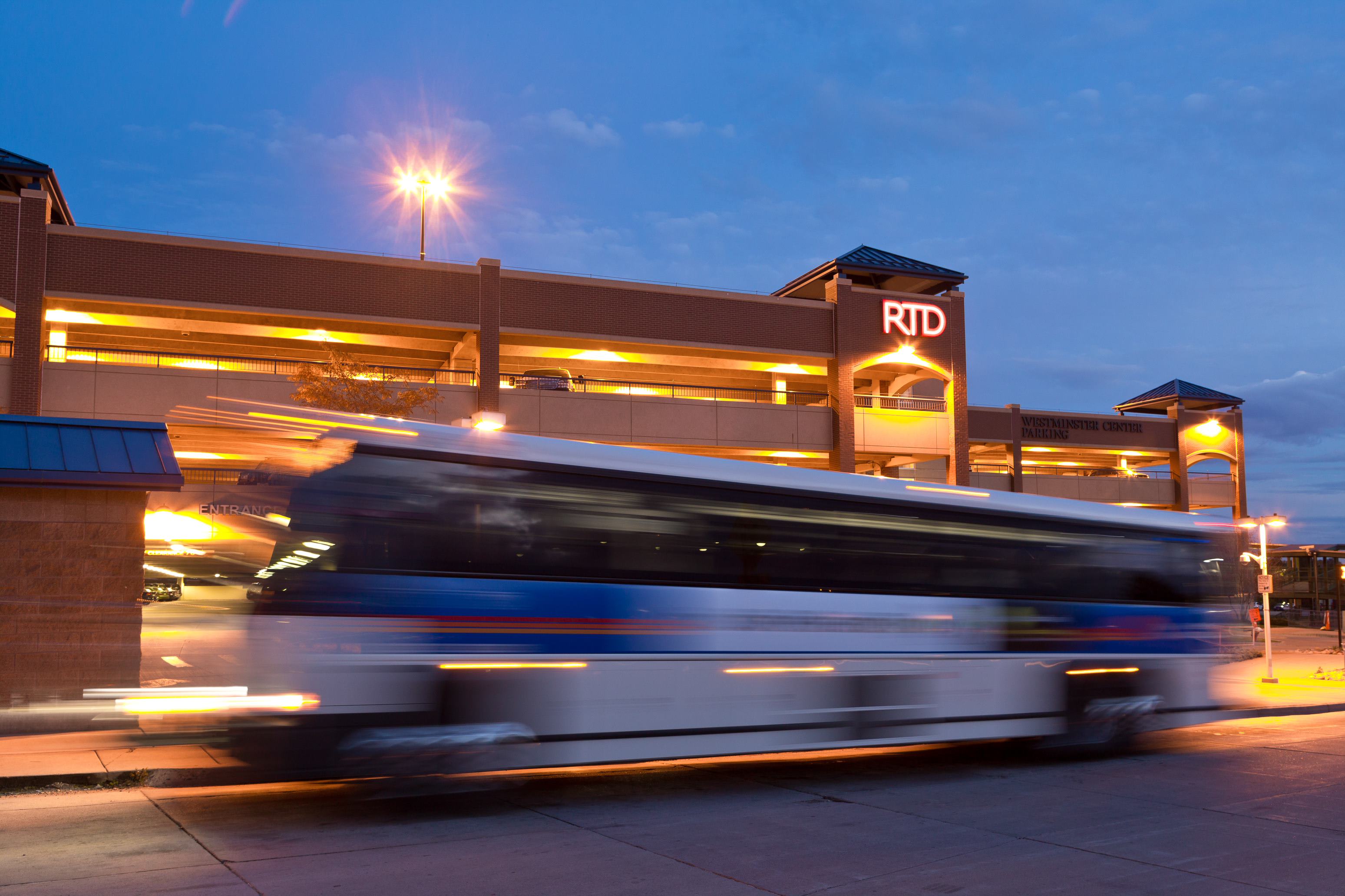
First Mile Last Mile Strategy
Different density and land use contexts demand different types of FLM strategies. What works well for improving FLM access in an urban setting may be much less effective in a suburban-residential area, and vice versa. This map indicates FLM recommendations for every station/stop in the District.
Do you want to make access improvements to RTD property?
RTD has developed a process for making changes to RTD infrastructure, outlined here.
Representative Stations
The Plan specifically looked at 15 representative stations located across the District and developed recommendations for each of these stations.
- Arapahoe at Village Center Station
- Englewood Station
- Havana St and 17th Ave
- Federal Blvd and Alameda Ave
- 40th and Colorado Station
- US 36 and Broomfield
- 8th and Coffman Park-n-Ride
- Wagon Road Park-n-Ride
- Sheridan Station
- Colorado Blvd and Florida Ave
- US 36 and Table Mesa Station
- Iliff Station
- Clear Creek • Federal Station
- Commerce City • 72nd Ave Station
- Wheat Ridge • Ward Road Station
Project Overview
What is the First and Last Mile?
First and Last Mile (FLM) is an essential concept for transit agencies. Improving access to and from transit for a wider breadth of people will ultimately lead to a better catchment for transit ridership. This includes providing better access to transit for multiple transportation modes, rather than focusing on one specific mode, such as car parking, and introducing new incentives and travel options to access transit.
First Mile: Getting from your start point (e.g., your home) to an RTD stop/station
Last Mile: Getting from the RTD station/stop to your final destination (e.g., your job)
Strategic Plan
The FLM Strategic Plan defined strategies and policies to improve multimodal transportation and connectivity to RTD services and facilities with the goal of making RTD more accessible to more people. The Plan aims to improve transit accessibility by empowering local jurisdictions, transportation management associations (TMAs), and other partners to understand the range of FLM solutions that are available and then apply those solutions to specific station areas. As FLM strategies and recommendations often span across jurisdictional boundaries, partnerships are key to implementation.
FLM Improvement Strategies
Infrastructure, Guidance, Service, and Management
Reuse of Existing Infrastructure
For more information on these topics, see Appendix B
- Curbside Management
- Innovative Park-n-Ride Management
- Car Share Parking
- Preferential Parking for Car or Vanpool Vehicles
- Prioritization of RTD Owned Land and Parking
- Provide Power
New Infrastructure
For more information on these topics, see Appendix B
- Bicycle and Micromobility Parking and Storage
- Multimodal Maps and Wayfinding
- Bike End-of-Trip Facilities and Amenities
First and Last Mile Guidance
For more information on these topics, see Appendix B
- Pedestrian-Scale Lighting
- Improve Bicycle and Micromobility Infrastructure
- Improve Pedestrian Infrastructure
- Transit Oriented Development
Transportation Service
For more information on these topics, see Appendix B
- On-Demand Microtransit
- Shuttle Service
- Support Implementation of Micromobility Service
- Special Event Transit Service
- Autonomous Transit
- Point-to-point Car Share
- Round-trip Car Share
Transportation Demand Management
For more information on these topics, see Appendix B
- Creation of EcoPass District
- Bicycle Education and Encouragement Programs
- Promotion of RTD Discount Passes
- Website or App
- Guaranteed Ride Home (GRH)
- Variable Message Signs
- Dynamic Carpooling to Transit
- Transit Access Marketing Plan
- Commuter Expert or Commuter Buddy
- Parking Cash-Out
- TNC/Taxi Discounts
- Bike or Car share Subsidies
- Marketing Commuter Tax Benefits
- Transportation Coordinator Network (TCN)
- New Resident/Employee/Student Transportation Kits
- Promotional events/fairs/challenges